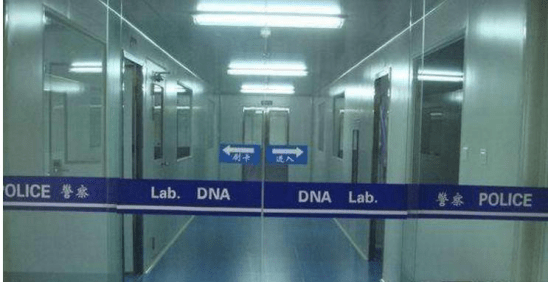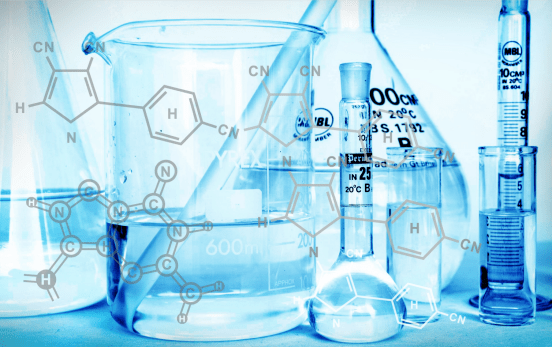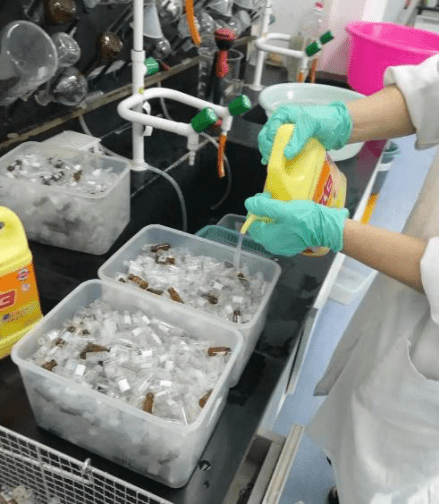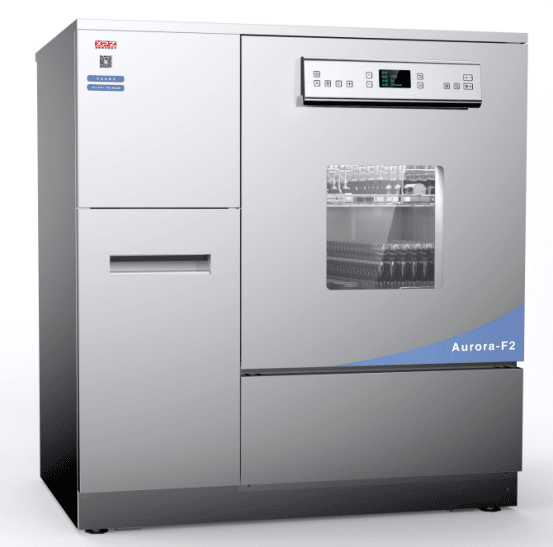In many movies and literary works, forensic laboratories appear as a special and important existence, especially the DNA identification test plot often becomes the key to obtaining clues and solving cases. However, if the accuracy of the test results presented is doubtful, it will naturally not become legal evidence, let alone reveal the truth in hidden corners. There is a special physical and chemical factor that forensic laboratories have to treat with caution, and that is to prevent the DNA samples to be tested from being contaminated in the laboratory. At present, there are different causes of DNA contamination. Among them, the possibility of cross-contamination is the greatest.
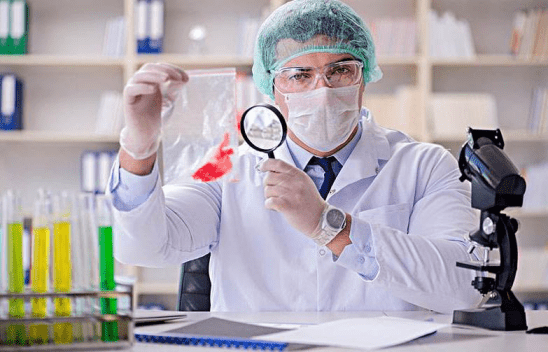
Like other laboratories, consumable materials and equipment in forensic laboratories are contaminated in many cases. In particular, cross-infection between DNA samples based on PCR reactions, other test materials and physical evidence, and the experimenters themselves are the most difficult to detect. These contamination residues include biological cells, blood, tissues, as well as testing reagents, dishwashing detergents and other impurities.
It is worth emphasizing that the reusable glassware in forensic laboratories such as sample containers, reagent bottles, test tubes, pipettes, flasks, petri dishes, etc. Their inadequate implementation, non-compliance, and non-compliance in washing operations are one of the culprits that lead to wrong identification and analysis conclusions.
This type of glassware contamination is an obvious threat to the test results, so what is the key to solving it?
First of all, when a suspected DNA cross-contamination situation is found, the test results should be re-checked in time to recover the error. This is the number one priority.
Then, conduct quality control traces on experimental consumables, including glass containers, reagents, etc., to further confirm the source of contamination.
On this basis, improve the cleaning procedures of glassware to correct errors, so as to avoid similar errors from happening again.
Thirdly, only by strengthening the overall anti-pollution and decontamination measures of the laboratory to form an institutionalized management can the optimization of the cleaning procedure be meaningful and effective.
In fact, a qualified forensic laboratory should have a dedicated and independent area for DNA testing to ensure that pollution is minimized in different experimental links. For example, case acceptance and sample storage area, sample DNA extraction area, DNA amplification area, DNA detection area, preliminary inspection area, result analysis area, preparation area, DNA amplification area, detection buffer area, and so on. Among them, cleaning the glassware in the preparation area will help greatly increase the probability of failure of the test results.
It should be noted that many professional laboratories, including forensic laboratories, still use inefficient manual cleaning methods to solve the problem of pollution residues in glassware. But this approach does not fundamentally improve the human risk of cross-contamination.
What’s more, the disadvantages of manual cleaning of glassware go far beyond this.
Manual cleaning of glassware will not only fail to thoroughly clean laboratory glassware and affect the final conclusion of DNA testing and identification, it will also bring about a series of contradictions such as waste of resources, complexity of cleaning operations, and safety risks for laboratory personnel. At this time, the use of an automatic glassware washer used in international forensic laboratories will help to improve this situation.
Laboratory glassware washer can accurately clean a variety of laboratory glassware in a safe, batch, and intelligent manner to make it comply with the relevant regulations of GMP and FDA. Compared with the manual cleaning method, the Laboratory Washer can track the cleaning procedure throughout the whole process, which is conducive to obtaining valuable data records in various aspects. These data are of great significance for the removal of residual conditions including contamination faced by DNA testing. Especially when there are differences and doubts about the results of the experiment!
With the continuous development of relevant technologies, forensic laboratories will assume more responsibilities in the case handling process. In this way, the requirements for any laboratory test results and standardization and accuracy will naturally continue to increase. Methods including DNA testing can only guarantee clean results and obtain correct conclusions and evidence if they are successful in decontamination. This is something that every forensic laboratory should remember.
Post time: Apr-02-2021

